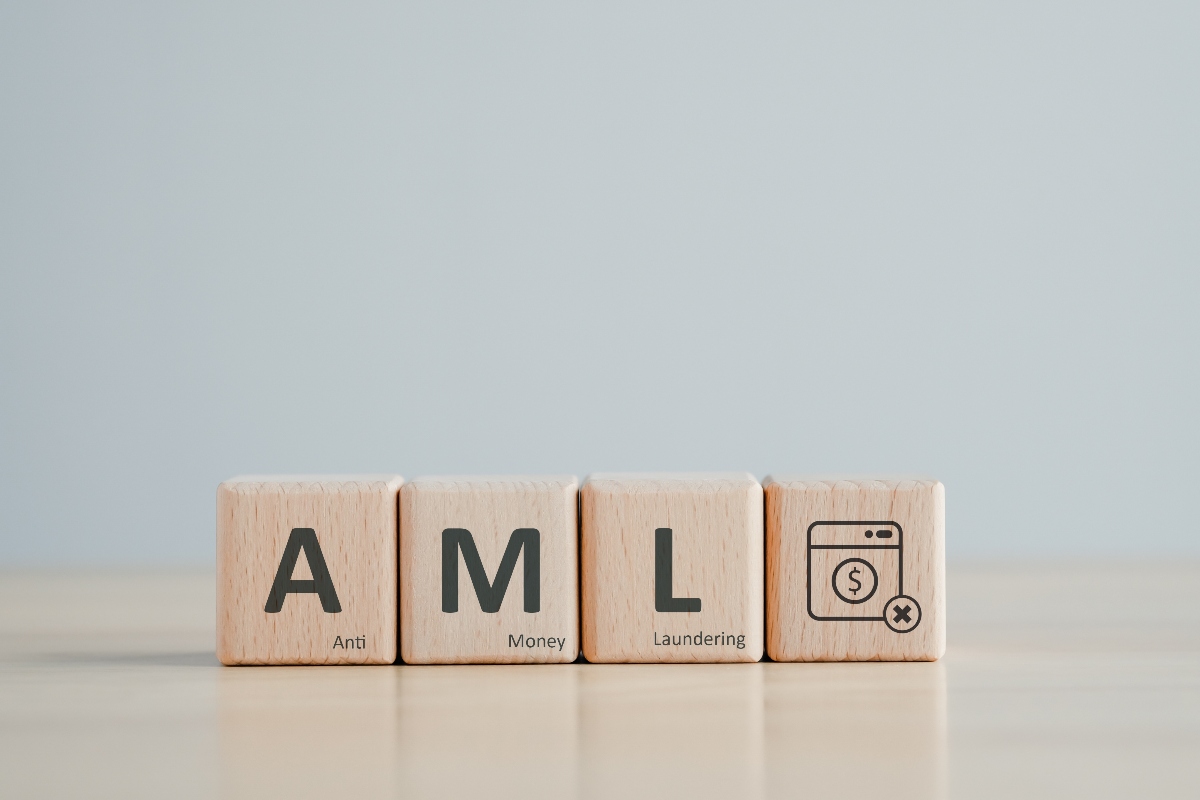Historically, identity verification relied heavily on physical documents and face-to-face interactions - methods fraught with challenges, such as the increased risk of fraud, inefficiency, and time-consuming processes. These traditional methods also left conveyancers vulnerable to errors, potentially leading to costly legal disputes.
As a result, the industry started to see a slow shift towards digital alternatives to enhance the conveyancing process. Recognising this shift, HM Land Registry introduced Practice Guide 81 (PG81). PG81 is a guide that sets out the specific guidelines for implementing digital identity verification in conveyancing transactions. PG81 provides a clear framework for conveyancers to follow, ensuring that their digital identity verification processes are compliant, secure, and effective.
With increasing numbers of conveyancers opting for digital identity verification solutions, we created this guide to outline the requirements of PG81 and practical steps for ensuring compliance in your conveyancing processes.
The role of digital identity verification in modern conveyancing
This shift towards digital processes is not merely a trend but a necessary evolution to keep pace with technological advancements and the growing expectations for security and speed in legal transactions. Digital identity verification offers a more secure and efficient way to confirm client identities, addressing many of the vulnerabilities inherent in traditional methods.
By utilising advanced biometric checks and cryptographic security features, digital verification enhances the accuracy and security of identity confirmation processes. This not only mitigates the risks of fraud but also streamlines operations, making transactions faster and more reliable for both conveyancers and clients.
Incorporating digital tools into the conveyancing process allows conveyancers to reduce the likelihood of errors and fraudulent activities. The ability to verify identities electronically, using secure and tamper-proof methods, represents a significant improvement over the traditional reliance on paper documents and face-to-face meetings. This approach also aligns with broader trends in the legal and financial sectors, where digital transformation is driving greater efficiency and security.
What is HM Land Registry’s PG81?
HM Land Registry’s PG81 is a guide for compliance when integrating digital identity verification in conveyancing law. It sets forth specific requirements that include using biometric and cryptographic technology. It ensures conveyancers discharge their duty to verify identity in a way that reaches "Safe Harbour," meaning HM Land Registry will not pursue recourse claims against conveyancers if these checks are followed. The guide is anchored in the Government’s Good Practice Guide (GPG45).
What are the requirements of PG81?
- Obtain evidence: The first step is to ensure the individual presents an acceptable document with cryptographic security features. This is crucial as it forms the foundation of identity verification, ensuring that the document used has embedded security features that can be digitally verified. Accepted documents include:
- Biometric passports: Must meet ICAO specifications, ensuring they contain a secure chip with the holder’s biometric information.
- EU/EEA identity cards: Compliant with Council Regulation (EC) No 2252/2004, containing a secure chip with biometric data.
- UK biometric residence permits: Featuring cryptographic and biometric security features similar to those in biometric passports.
- Check evidence: This step involves verifying the authenticity of the presented document using an identity check provider’s system. Proper verification is essential to confirm that the document has not been tampered with and is currently valid. The process includes:
- Reading the chip: Using Near Field Communication (NFC) to access the secure chip within the document.
- Validating the digital signature: Ensuring the issuing authority’s digital signature is intact and confirming the document’s authenticity.
- Extracting biometric data: Pulling the biometric information stored on the chip for further verification.
- Match evidence to identity: After verifying the document, the next step is to ensure that the person presenting the document is indeed the individual identified by it. This involves biometric checks to prevent fraud and ensure accuracy. Key actions include:
- Liveness tests: Confirming that the biometric data is being captured from a live person rather than a photo or video.
- Anti-spoofing checks: Implementing measures to prevent the use of masks, photos, or other deceptive means.
- Controlled data capture: Ensuring the biometric data is captured under controlled conditions to enhance accuracy and reliability.
- Biometric algorithms: Using advanced algorithms with low false match rates to accurately match the individual to the biometric data.
- Additional checks for transferors, borrowers or lessors: Beyond the primary verification steps, additional evidence is necessary to confirm property ownership or legal standing. These checks add an extra layer of security and assurance. They include:
- Utility bills, bank statements, council tax bills, mortgage statements: Matching these documents to the individual’s name and address.
- Corporate verification: For companies, verifying corporate identity through certificates of incorporation, audited accounts, and authorised signatories.
How to ensure your conveyancing process is PG81 compliant
To simplify compliance with PG81, conveyancers should adopt advanced identity verification tools that support biometric checks and document validation. Utilising secure platforms ensures that digital identity verification processes protect data integrity and maintain robust security. Keeping comprehensive records of all verification processes is also crucial, as it provides a thorough audit trail that facilitates compliance checks and regulatory reviews.
By integrating these practices, conveyancers can streamline their operations and enhance security, making compliance with PG81 more manageable and efficient. Leveraging technology not only simplifies the verification process but also significantly reduces the risk of fraud and operational inefficiencies. This approach ensures that conveyancers maintain high standards of accuracy and reliability, ultimately improving client trust and satisfaction.
Modernise your conveyancing process
Embracing digital identity verification is no longer optional but a necessity for modern conveyancing. Stay tuned for our upcoming guide, which will delve into practical steps for ensuring seamless compliance with digital verification in conveyancing.



